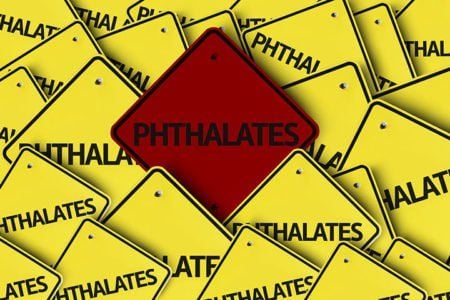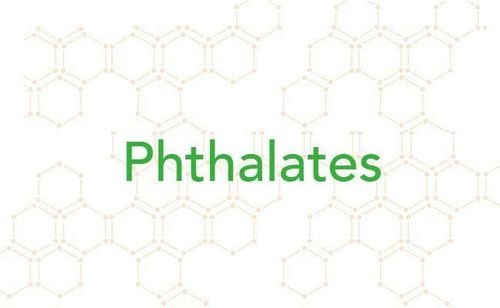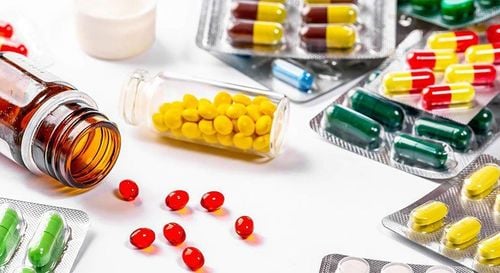This is an automatically translated article.
The article was professionally consulted with Master, Doctor Vu Quoc Anh - Pediatrician - Department of Pediatrics - Neonatology - Vinmec Danang International General Hospital.Phthalates are a group of chemicals used in many products such as toys, detergents, lubricants, personal care products, and other fragrance preparations. A lot of people have had phthalate by-products in their urine. Therefore, we should learn as much as possible about them and understand how they enter the body?
1. How are infants exposed to phthalates?
Like all other consumers, infants are exposed to phthalates daily from a number of sources such as air, drugs, food, plastics, water and cosmetics.The American Academy of Pediatrics reported in an article that exposure to infant care products, especially baby shampoos and body washes, causes increased levels of phthalate metabolites. up in the urine.
Over 2 years, FDA reviewed 24 children's products in 2006 and nearly 50 products for babies and children in the 2010 survey and the results showed the use of phthalates in cosmetics for all ages including infants and children has decreased significantly.
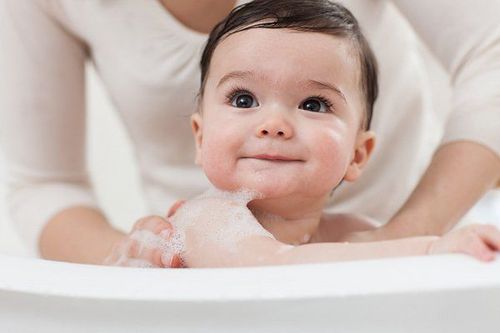
2. Facts about Phthalates
Phthalates are a group of chemicals that make plastics more flexible and harder to break. They are often referred to as plasticizers. Some phthalates are used as solvents for other materials. As a result, Phthalates are found in hundreds of products, such as cleaners, lubricants, vinyl flooring, adhesives, plastic clothing, automotive plastics, and personal care products. Phthalates are widely used in polyvinyl chloride plastics, which are used to make products such as plastic packaging films and sheets, garden hoses, inflatable toys, blood canisters, medical tubes and some toys children.We cannot see, smell or taste them, but they are in hundreds of products we use every day including in our food.
3. How Phthalates Enter The Human Body
People are exposed to phthalates when they eat and drink foods that have come into contact with containers and products containing phthalates. To a lesser extent, we can be exposed to them through breathing air containing phthalate vapors or dust contaminated with phthalate particles. Young children may be at higher risk of being exposed to phthalate particles in dust than adults due to their habit of putting their hands to their mouths. When phthalates enter the body, they are converted to breakdown products (metabolites) that are rapidly excreted in the urine.Phthalates enter the body from food or drinks served or packaged in plastic containing phthalates, from milk and animal meat that have been exposed, from cosmetics, from dust in rooms with carpets, upholstery or furniture wood contains phthalates.
There is a high chance of phthalate contamination if you work in the paint, printing or plastic processing industry or have a medical condition such as kidney disease or hemophilia, are commonly used by dialysis and blood transfusion patients IV tubes and other supplies are made with phthalates.

4. How do Phthalates affect human health?
The human health effects of low-level phthalate exposure are unknown. Certain types of phthalates have an effect on the reproductive system of laboratory animals. However, more research is needed to assess the human health effects of phthalates exposure because studies looking at how phthalates affect humans are still inconclusive and because many studies have performed on animals rather than humans.However, Phthalates affect different groups of people in different ways:
Infants and children are most affected by Phthalates and it can be more harmful to men. Children during puberty are also at risk because the period of biological transition seems to make them more vulnerable to these chemicals. Adult women have more side effects than men, perhaps because they use more personal care products.
5. Is Phthalate safe?
Phthalates are not a single chemical, and like most synthetic chemicals, they are handled in different ways. In particular, three chemicals BBP, DBP and DEHP have been permanently banned from toys and products intended to help children under 3 years old.Experimental results show that DBP and DEHP damage the reproductive system of laboratory mice, especially male mice. Human testing has shown that DBP can cause skin irritation. It is not known whether BBP causes cancer in humans, but research suggests it can cause cancer in laboratory mice. DEHP has been confirmed to be carcinogenic in animals but has not been confirmed in humans.
DiDP may make your eyes and skin red or cause nausea, dizziness, and vomiting. DINP caused tumors and developmental problems in laboratory mice. DnOP has been implicated in endometriosis in women and problems in reproductive development in mice. It can cause skin irritation in both humans and animals.
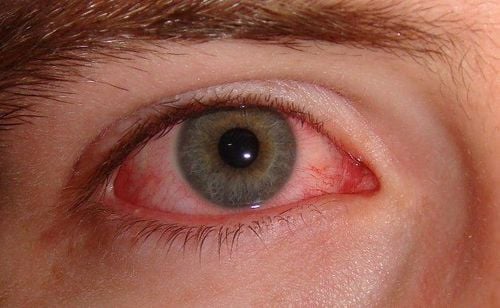
6. How can I protect myself?
Our body has a natural detoxification system. However, you should avoid harmful phthalates as much as possible, and here's how:Read product labels. Phthalates aren't always listed on labels, especially with plastic or vinyl toys and personal care products. When they are identified, it often has an acronym like DHEP or DiBP. When you can, choose items labeled “phthalate-free.” Use only phthalate-free and microwave-safe plastic containers and wraps, especially with greasy foods. Take control of the food you eat. Studies show that diets high in dairy and meat result in high levels of phthalate exposure. Avoid fast food. Other researchers have found that fast food containers can be a source of harmful exposure. Ask for phthalate-free medical devices if you are on dialysis or having a blood transfusion. Whether or not phthalates are really harmful to humans is still in need of more research for more definitive evidence, however, some experimental results have shown signs of harmful effects on laboratory animals and some certain group of people. So to ensure the safety of yourself and your baby, stay away from products containing phthalates in your daily life.
If the body has strange symptoms that are suspected to be related to Phthalates, immediately go to a medical facility, especially children and infants. Vinmec International General Hospital is one of the medical facilities where customers are assured of the quality of treatment with a team of highly qualified and experienced medical professionals. Modern equipment, completely imported from the US, Japan, Singapore, Korea, Canada, helps the diagnosis, monitoring and treatment process achieve the best results.
If you have a need for examination and treatment at Vinmec, please book an appointment at the website or contact the hotline for detailed advice.
Please dial HOTLINE for more information or register for an appointment HERE. Download MyVinmec app to make appointments faster and to manage your bookings easily.
References: fda.gov, cdc.gov, webmd.com




